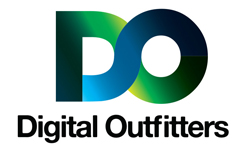Business Listings
Online business listings are an important part of local search engine optimization. Creating links that lead back your website, in conjunction with consistent NAP citations, raises your business’ online visibility and signals to Google that your website is relevant and trustworthy. The most important business listing online, is your Google My Business Page – which can show up alongside (not just among) the search engine results in Google. This page information can leap off the page
Fill Out Your Google My Business Page
One of the simplest yet most effective ways to boost your local search ranking is to register with Google My Business.
Login to your Google My Business Page:
https://business.google.com/
To get the most out of the listing, fill out all the fields, including your address, phone number and business hours. (You get bonus points for adding photos of your location and staff to personalize your profile even further.)
Examples of Business Listing Sources
When Google crawls the web for search results, it looks for mentions of your business’ name, address and phone number (NAP). Even slight variations, like an abbreviated street address or alternate phone number, can confuse Google, so it’s important to make sure that your NAP is consistent in every citation, on or off your website.
